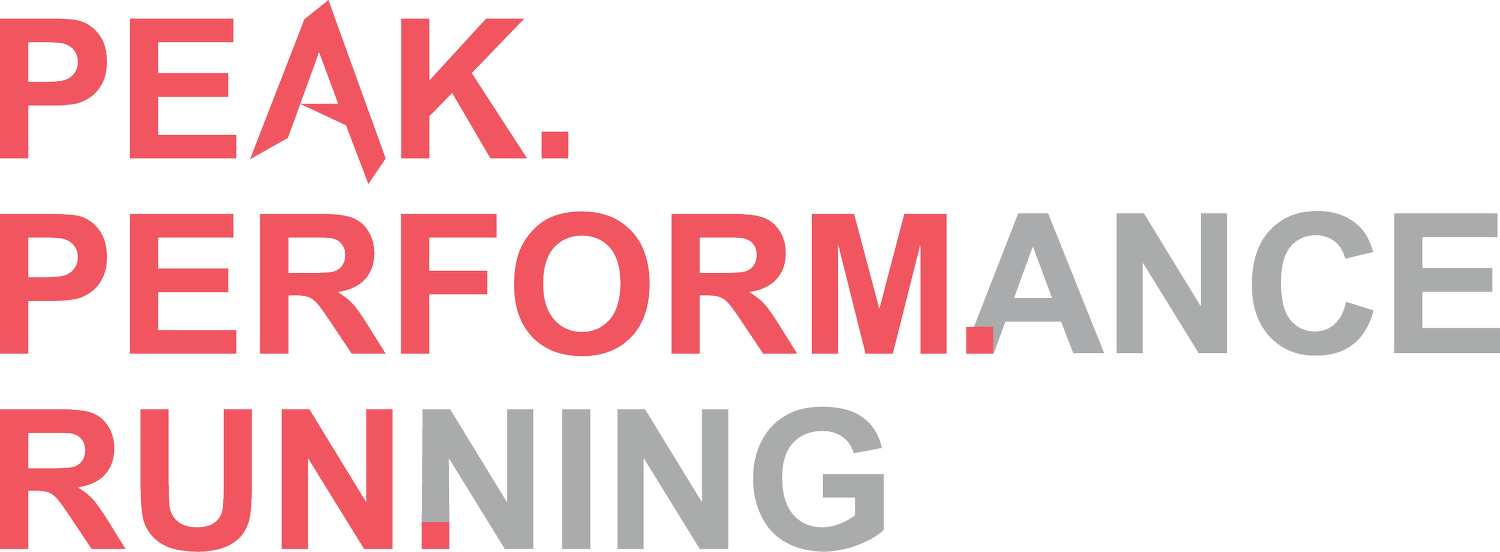Episode 7: The College Talk
The College Talk
Forgive how short the original excerpt of this blog was when it initially came out. I was tight on time and the majority of the JYM consumers are listeners. E-mails from listeners prompted me to expand this into a little more detail.
Preface
The college talk is much longer than a 15:00 episode, it's an individual conversation about where you want to go, what you see yourself pursuing, and if that includes running. If you've read this far - running in college is something that you want to pursue and that's AWESOME. These are my personal views and come from the lens of watching my athletes go on to pursue running at the next level. Last year alone I coached 15 kids that went on to D1, D2, and D3 institutions. Many of these kids have had a mixed experience - some are changing schools, some of them LOVED their freshman year, some of them struggled through injuries, homesickness, and struggling to adapt to a new schedule and lifestyle. You know what? That's OK! It's part of life to experience these ups and downs. Every kid I worked with told me the same thing at the end - they wouldn't change a thing about the school they chose when they chose it. The kids that are leaving want to be closer to family and siblings, the others have a chance to move because they changed major or had a coach leave and they put themselves into the portal hoping to land where they fit best. College alone is a crazy journey - running added in the mix makes it complicated - but that's life.
The D1 Plague
Believe it or not, there is a school out there that is a good fit for you. It just depends on what you are willing to compromise on and the college experience you want to have. There are High-Level D1’s , Mid-level D1’s, and Lower-level D1’s and they are not all equal. Some D1 collegiate institutions on the middle to lower end of the spectrum would get blown away by mid to top-level D2 and D3 programs. This is a big reason why I tell athletes to not look away from these programs simply because they aren’t Division 1 does not mean that D2 and D3 schools are. Consider the D2 RMAC powerhouse in our backyard here in Colorado - The Colorado School of Mines. It’s truly mix of Academic and Athletic excellence but for some of our local athletes, the last place they want to go to school is 10 minutes from home. D1 is not your only choice and is not the only way to run in college. The majority of the people I find that strive only for D1 suffer from 2 afflictions 1) They want to tell their friends they went D1 for the 6 months from when they commit to when they graduate. The second affliction, suffering from parents who want to tell their friends their kid went D1 for the next 4 years. At the end of the day, the kids that spent time finding the right fit stayed in the sport longer, enjoyed their experience, and built a great network for themselves post-collegiately.
What is Fit?
This is a complex topic because it’s unique to each person and instead of ranking my “best schools for runners in 2024”, I’ll give you an evergreen proposition when it comes to programs. Find the schools where you see athletes enjoying the program and still running 3 years after they graduate. Have your kids find athletes on Instagram and ask them what they think. Look at team culture, team values, and what they share on social media - what do they talk about, what do they show outwardly as values - is it results, people, or both? Only you can determine if that “fit” is right for you.
Fit is also a very literal premise - where do you fit with your times on the team? I discourage athletes from being the star, #1 recruit that will “save” or “start” a program. This gives them very few training partners and is a lonely existence and while it might be fun to break every team record in your first season - you also broke EVERY record in your first season, what are you going to strive for the next 3 years? Being on the tail end is tough too, hanging on for dear life every workout usually means you’re at your physical limit and have a high exposure to injury, it’s also not as fun to feel like you have to yell “Guys, wait up!” every time you’re at practice. Finding the middle ground where you’re #3-#5 on the team is a good place for development and ensuring that you’re contributing to workouts and providing value from Day 1
Culture, Culture, Culture
It is everything. If the location is perfect, the academics are right, the facilities are above bar, and the campus fits your needs - you may still struggle to enjoy your time as a collegiate runner if the team culture is not in place. You spend a big chunk of your waking hours with these people and you need to be able to enjoy your time with these teammates, coaches, trainers, and support staff. If you’re not accepted, cast out, or not challenged - you can find yourself on a pretty miserable island attending study groups, traveling, and training with people who don’t share a similar value system and ethos. This is why school visits and asking the teammates more than “do you like it here” is valuable. Ask them what they don’t like, how interactive are the coaches, what grinds their gears as athletes, how injured are athletes, is there a lot of athlete churn? Fit and Culture are the 2 most important topics when evaluating schools hands down.
The Broken Leg Rule:
If you broke your leg, would you still like it here? Do you like the town you’re in, the campus, the people, and the energy of the school? Is there more to do than simply study and train? Can you see yourself going here without the promise of running? If the answer is a big fat NO, this is not a good fit. If it’s a soft yes, I still consider it a good fit. Simply because the majority of people have known one city, one school, and one set of people for the majority of their upbringing which gives them a narrow world view, and anywhere that isn’t home is going to feel weird. In 4 years, the school will feel like home and if you were an engineer like me, you’d consider using the school computer lab or school of engineering as your address of residence because you live there more than you do your dorm or apartment.
This Weeks Download
The download for this week is straightforward and is intended to be a decision-making tool or at the very least, provide you a framework to think through and sort the objective from the subjective matters. I created a list based on several spreadsheets I’ve come across helping 30+ kids make college decisions in the last 5 years. These were the things that helped refine their choices to a Top 10/12 that they focused on sending updates, and correspondence too. If you aren’t making a huge list, that’s ok. However, use a few tools and take time to research opportunities - there are so many great schools that will fit you, your personality, and major. Download it, change it, tear it up, throw it away. Just make sure that you separate the subjective information ( offer amount, coach/ athlete “vibes”, # of massage chairs in athelte lounge) and how you feel about a school, and look at the objective information (cost, major selection, etc.) to make a decision rooted in fit, then culture, followed by everything else.
Here are my main resources:
NCSA Facts on Recruiting (Not a fan of the NCSA product but good info)
Always feel free to e-mail me: andrew@peakperformrun.com

